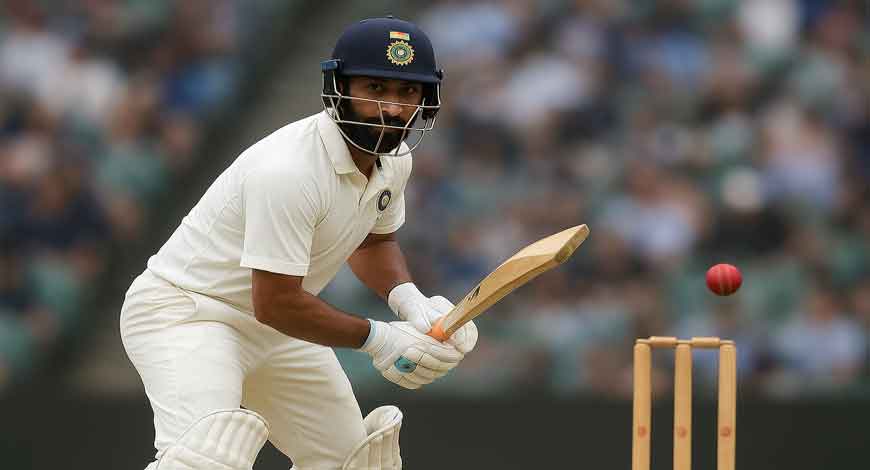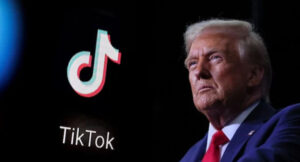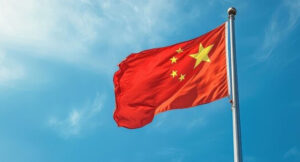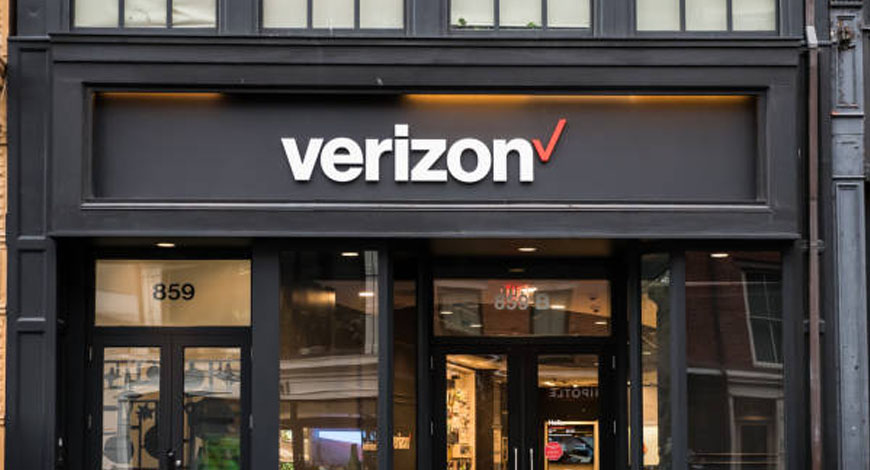The global healthcare IT outsourcing market size is expected to be worth around USD 153.3 Billion by 2034, from USD 73.8 Billion in 2024, growing at a CAGR of 7.6% during the forecast period from 2025 to 2034. North America held a dominant market position, capturing more than a 39.5% share and holds USD 39.5 Billion market value for the year.
Market demand drivers
Healthcare IT outsourcing is the delegation of IT activities to external providers. Scopes include EHR implementation and support, RCM and claims processing, application development, help desk, hosting, cybersecurity, interoperability, analytics, and telehealth. It is adopted to reduce cost, access specialized skills, and improve service levels. Budgets are shifted from capital to operating expense under SLAs and compliance controls. For example, vendor-managed services are used to accelerate digital programs while maintaining auditability.
The market denotes demand and supply for these services among providers, payers, and life-science firms. Segmentation is by service line, delivery model, end user, and geography. Growth is driven by digital transformation, interoperability mandates, cyber-risk management, cloud migration, and telehealth. Restraints include data-privacy concerns and vendor lock-in. According to industry assessments, nearshore and offshore models are favored for scale, while onshore partners are retained for regulated workloads and complex integrations.
Public policy is placing digital health at the center of care. According to WHO, more than 129 countries have adopted national digital health strategies. The agenda has been extended and operationalized. These commitments generate steady program budgets and multi-year build plans. For instance, ministries and payers are using framework contracts to deliver identity, consent, and data-exchange capabilities with external partners, creating resilient, recurring outsourcing demand across regions and care settings.
Electronic health record coverage has reached scale in major markets. In the United States, 96% of non-federal acute care hospitals and 78% of office-based physicians had adopted certified EHRs by 2021. By 2023, 70% of hospitals were exchanging information across all four exchange domains. Study by HHS/ONC indicates expanding integration, upgrade, and support workloads. These volumes are routinely handled through outsourced implementation teams and managed-service operations to ensure uptime, compliance, and performance.
Interoperability networks are expanding nationally. Under TEFCA, 10 Qualified Health Information Networks now operate, with more than 9,200 organizations exchanging under the framework. On the payer side, API mandates are widening. CMS finalized the Interoperability and Prior Authorization Rule in January 2024. Impacted payers must implement HL7 FHIR APIs for patient access, provider access, and payer-to-payer exchange. These specifications and reporting duties are commonly delivered with external engineering support and testing partners.
Utilization, Risk Landscape, Workforce, and Policy Programs
Virtual care has preserved remote workflows that depend on cloud and EHR integration. Medicare data show 14.83 million telehealth users in 2020, 10.25 million in 2021, 8.50 million in 2022, 6.97 million in 2023, and 6.73 million in 2024. The share of eligible users with at least one telehealth service was 48% in 2020 and 25% in both 2023 and 2024. Operations and security for these channels are outsourced to ensure scale, resilience, and user experience.
Cyber risk has risen sharply, shifting spend toward managed security. ENISA reports that 45% of analyzed EU health-sector incidents in 2024 were ransomware and 28% were data breaches. In the United States, OCR received 626 reports of large brea









